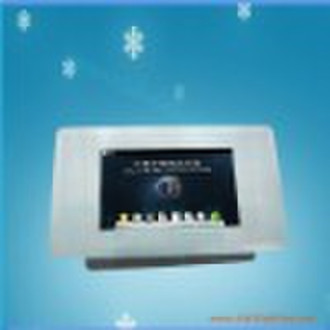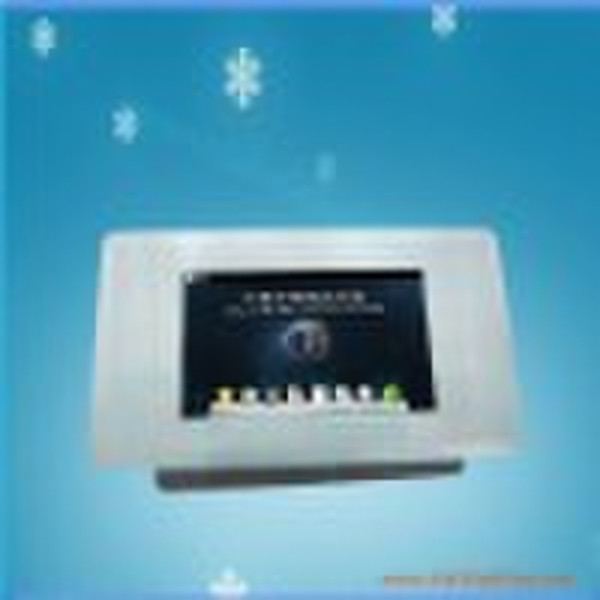Catalog
-
Catalog
- Agriculture
- Apparel
- Automobiles & Motorcycles
- Beauty & Personal Care
- Business Services
- Chemicals
- Construction & Real Estate
- Consumer Electronics
- Electrical Equipment & Supplies
- Electronic Components & Supplies
- Energy
- Environment
- Excess Inventory
- Fashion Accessories
- Food & Beverage
- Furniture
- Gifts & Crafts
- Hardware
- Health & Medical
- Home & Garden
- Home Appliances
- Lights & Lighting
- Luggage, Bags & Cases
- Machinery, Hardware & Tools
- Measurement & Analysis Instruments
- Mechanical Parts & Fabrication Services
- Minerals & Metallurgy
- Office & School Supplies
- Packaging & Printing
- Rubber & Plastics
- Security & Protection
- Service Equipment
- Shoes & Accessories
- Sports & Entertainment
- Telecommunications
- Textiles & Leather Products
- Timepieces, Jewelry, Eyewear
- Tools
- Toys & Hobbies
- Transportation
Filters
Search

DALI LIGHTING CONTROL SYSTEM
original price: 45,00 USD
Shenzhen, China
Production capacity:
10000 Piece / Month
Shenzhen, China
86-755-29128922
29128823
2912893
29128823
2912893

JOHN TAM
Contact person
Basic Information
| Place of Origin | Guangdong China (Mainland) |
|---|---|
| Brand Name | DALI |
| Model Number | DALI CS |
Digital Addressable Lighting Interface (DALI) is a technical standard for network-based systems that control lighting in buildings. It was established as a successor for 0-10 V lighting control systems, and as an open standard alternative to Digital Signal Interface (DSI), on which it is based. The DALI standard, which is specified in the IEC 60929 standard for fluorescent lamp ballasts, encompasses the communications protocol and electrical interface for lighting control networks. A DALI network consists of a controller and one or more lighting devices (e.g., electrical ballasts and dimmers) that have DALI interfaces. The controller can monitor and control each light by means of a bi-directional data exchange. The DALI protocol permits devices to be individually addressed and it also incorporates Group and Scene broadcast messages to simultaneously address multiple devices (e.g., "Group 1 go to 100%" or "Recall Scene 1"). Each lighting device is assigned a unique static address in the numeric range 0 to 63, making possible up to 64 devices in a standalone system. Alternatively, DALI can be used as a subsystem via DALI gateways to address more than 64 devices. Data is transferred between controller and devices at 1200 baud. DALI requires a single pair of wires to form the bus for communication to all devices on a single DALI network. The network can be arranged in a "daisy-chain", "star", or "T" topology, or any combination of these. The DALI System is not classified as SELV (Separated Extra Low Voltage) and therefore may be run next to the mains cables or within a multi-core cable that includes mains power. The DALI signal has a high signal to noise ratio which enables reliable communications in the presence of a large amount of electrical noise. DALI employs Manchester encoding so that devices can be wired without regard for polarity. The network cable is required to be mains-rated, with 600v isolation and at least a 1mm cross-section, with a maximum drop of two volts along the cable. Earlier generations of DALI devices stored configuration data in EEPROM, which was problematic due to the limited number of write cycles supported by EEPROMs. In current generations of DALI devices, RAM is used in preference to EEPROM during normal operation, which significantly reduces the number of EEPROM writes and thus extends their lifetimes. This use of RAM, however, is patented and therefore mandates payment of a license fee.
Delivery terms and packaging
Packaging Detail: cartons Delivery Detail: 10-20 days after receiving the deposit
Port: SHENZHEN
Payment term
Telegraphic transfer
Western Union
-
Payment Methods
We accept:








